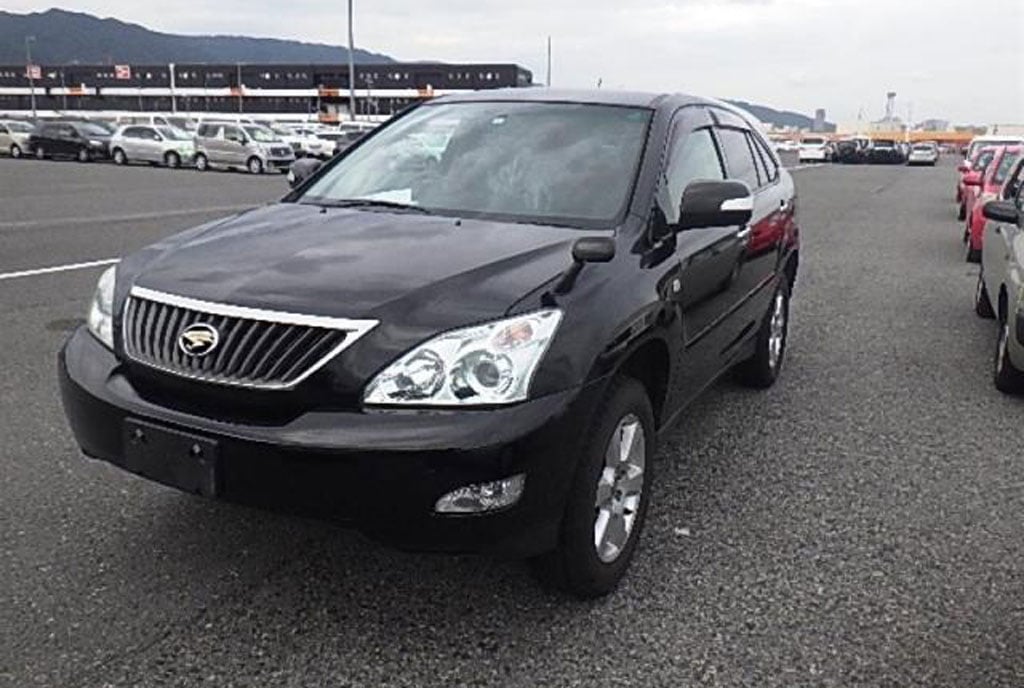Prime
Harrier: A comfortable family SUV

What you need to know:
One of the medium sized sport utility vehicles that is quite popular on the road is the Toyota Harrier. It comes in two engine sizes of 2400cc and 3000cc respectively and is a favourite among many motorists, writes Roland D. Nasasira
Jackie Kalema
I bought the Toyota Harrier after the Covid-19 lockdown as an upgrade of the Mitsubishi Pajero iO I had driven for five years. One of the features I liked about the Harrier was the ample legroom as well as comfortable and spacious interior. The Mitsubishi Pajero equally accommodated five passengers but the Harrier provides better comfort for passengers, especially those at the rear.
My car runs on a 3000cc petrol engine and has better engine power compared to the one that runs on a 2400cc engine. When I am driving home to Mbarara in western Uganda, I fill its tank with Shs250,000, which is enough fuel for the journey home. I only top up with Shs150,000 on my way back to Kampala. When I maintain my driving speed between 80km/hr to 100km/hr, it covers 12km per litre of fuel.
However, this consumption also depends on the weight of one’s acceleration foot because there are road stretches, especially slopes that only require safe steering and minimal braking, as well as flat stretches that require gentle acceleration, unlike when you are driving uphill.
When driving in Kampala City Centre, the mileage per litre automatically reduces because of slow moving traffic. From my home in Kungu in Kira Town Council, to my workplace in Kololo, Kampala, after a school drop in Kamwokya, Kampala, a full tank of fuel lasts approximately two weeks. During the holidays when I do not have any school drops, a full tank lasts three weeks, especially since I sometimes work from home or use alternative routes that rarely have traffic jam.
George Agaba
I drive a Toyota Harrier and a double cabin Hilux. I mostly use the Harrier for urban drives and the Hilux for upcountry journeys or when I am driving to the farm in Luweero District. However, there are times I drive the Harrier upcountry and its fuel consumption is not much different from the Hilux, especially for urban drives. The Harrier runs on a 2400cc while the Hilux runs on a 2500cc engine; the only difference is that one uses petrol and the other diesel. One performance feature about the Harrier is that it is faster and more comfortable compared to the Hilux. What the two have in common is that they are well raised and are good off-road performing cars as long as they are well maintained.
I service the Harrier once every four months after covering 5,000km from the mileage at service. I have not carried out any major spare parts replacements since I bought the car in 2022 other than normal minor service of replacing engine oil, oil and fuel filters, air cleaner, spark plugs, coolant, transmission fluid and brake pads, where I spend Shs300,000.
The only time I have spent a lot of money was when I replaced the tyres at Shs180,000 per tyre.
Robert Betina
I I have driven the Toyota Harrier for three years. I work in Entebbe and live in Kulambiro, a Kampala suburb and to get to work, I use the Entebbe Expressway. Because it is a high speed road, I maintain my speed at 100km where it feels more stable. Its tyres tend to protrude from the car body above certain speeds not only to improve stability but also torque.
When I am travelling upcountry for weekend getaways, I drive the Harrier because it can comfortably accommodate a family of five.
When it comes to service and maintenance, I go to the garage at 5,000km intervals. However, because I drive it for long distances, I sometimes visit the garage before covering 5,000km to avoid causing wear and tear to serviceable parts. The parts I replace most are the brake pads, air cleaner and the filters. Other parts such as spark plugs are replaced upon recommendation from the mechanic.
One of the downsides of the Harrier is that it has a small trunk that cannot allow a long distance traveller to carry much luggage.




